Home>Articles>How To Remove Mildew Smell From Washer Machine


Articles
How To Remove Mildew Smell From Washer Machine
Modified: February 28, 2024
Learn effective methods to remove mildew smell from your washer machine with these informative articles. Say goodbye to unpleasant odors and enjoy fresh laundry.
(Many of the links in this article redirect to a specific reviewed product. Your purchase of these products through affiliate links helps to generate commission for Storables.com, at no extra cost. Learn more)
Introduction
Having a fresh and clean-smelling washer machine is crucial for maintaining hygiene and ensuring your clothes come out smelling their best. However, it’s not uncommon to experience a frustrating mildew smell in your washer machine over time. This unpleasant odor can linger on your clothes and towels, making laundry a less than pleasant experience.
The presence of mildew smell in your washer machine can be caused by a variety of factors. The damp and dark environment of the washer drum provides the perfect breeding ground for mold and mildew. Additionally, the presence of leftover moisture and detergent residue can contribute to the growth of bacteria, leading to the unpleasant odor.
If you’re tired of dealing with the lingering mildew smell in your washer machine, worry not! In this article, we will guide you through the step-by-step process of removing the mildew smell and keeping your washer machine fresh and odor-free.
To successfully eliminate the mildew smell, you will need a few supplies. Gather the following items before you begin:
- Vinegar
- Baking soda
- Hot water
- Cleaning cloth or sponge
- Old toothbrush or small brush
Once you have these supplies ready, you can proceed with preparing the washer machine for cleaning and eliminating the mildew smell.
Key Takeaways:
- Say goodbye to mildew smell in your washer machine by using simple household items like vinegar and baking soda. Regular cleaning and preventive measures will keep your laundry fresh and odor-free.
- Keep your washer machine smelling fresh by implementing preventive measures such as leaving the door open, removing wet clothes promptly, and using the right detergent. Regular cleaning and proper ventilation are key to preventing mildew smell.
Read more: How To Remove Agitator From Ge Washer
Understanding the Causes of Mildew Smell in Washer Machines
Before we delve into the process of removing the mildew smell from your washer machine, it’s important to understand the factors that contribute to its development. By identifying the root causes, you can take steps to prevent the smell from returning in the future.
Mold and mildew thrive in damp and dark environments, making your washer machine an ideal breeding ground. Several factors can contribute to the development of mildew smell:
- Excessive moisture: Leaving wet clothes in the machine for an extended period or keeping the washer lid closed when not in use can create a moist environment, which promotes mold growth.
- Detergent residue: Over time, detergent residue can build up in the washer drum, providing a food source for bacteria and contributing to the development of the mildew smell.
- Clogged drain hose: A clogged drain hose can lead to standing water in the machine, providing a breeding ground for mold and mildew.
- Improper ventilation: A lack of proper ventilation in the laundry room or keeping the washer machine in a confined space can contribute to excess moisture and the development of mildew smell.
By understanding these causes, you can implement preventative measures to avoid future occurrences of the mildew smell. Regular maintenance and proper cleaning techniques will help keep your washer machine fresh and odor-free.
In the next sections, we will walk you through the step-by-step process of removing the mildew smell from your washer machine. Let’s get started!
Gather the Necessary Supplies
Before you begin the process of cleaning your washer machine and eliminating the mildew smell, it’s essential to gather all the necessary supplies. Having these items on hand will ensure a smooth and efficient cleaning process. Here’s what you’ll need:
- Vinegar: White vinegar is a powerful natural cleaner and deodorizer that can effectively eliminate mildew smell.
- Baking soda: Baking soda is another effective natural cleaner that can help neutralize odors and remove stubborn stains or residue.
- Hot water: Hot water is essential for cleaning the washer drum and flushing out any remaining residue.
- Cleaning cloth or sponge: A soft cloth or sponge will be used to wipe down the surfaces of the washer machine.
- Old toothbrush or small brush: An old toothbrush or small brush can help you clean hard-to-reach areas, such as the gasket or door seal.
Ensure that you have these supplies readily available before you begin the cleaning process. Having everything at your fingertips will make the task more efficient and save you from any unnecessary interruptions during the process.
Once you’ve gathered the necessary supplies, it’s time to prepare your washer machine for cleaning. In the next section, we will guide you through the steps of preparing the washer machine for the removal of mildew smell. Let’s get started!
Preparing the Washer for Cleaning
Before you start cleaning your washer machine to remove the mildew smell, it’s important to take a few preliminary steps to ensure you’re working with a clean slate. Here are the steps to prepare your washer for cleaning:
- Empty the washer: Remove any clothes, towels, or other items from the washer drum. This will allow you to access all the surfaces and ensure a thorough cleaning.
- Check the pockets: Before proceeding, check the pockets of any garments that were in the drum. Remove any loose coins, keys, or other small items that could damage the machine during the cleaning process.
- Inspect the gasket or door seal: Take a close look at the gasket or door seal of your washer. This rubber lining can trap moisture and contribute to the development of mildew smell. Wipe it down with a damp cloth to remove any visible residue or mold.
- Remove the detergent dispenser: If your washer has a removable detergent dispenser, take it out and clean it separately. It can accumulate detergent build-up or mold, contributing to the unpleasant odor. Soak it in a mixture of warm water and vinegar to remove any residue.
By following these steps, you’ll ensure that your washer is ready for a deep cleaning. The next sections will outline the specific cleaning steps to remove mildew smell from your washer machine. Let’s dive in!
Cleaning the Washer Drum
The washer drum is the main component that needs thorough cleaning to remove the mildew smell. Follow these steps to clean the drum effectively:
- Create a vinegar solution: In a small bowl, mix equal parts vinegar and hot water. This solution will help break down any residue and eliminate the odor-causing bacteria.
- Wipe down the drum: Dip a cleaning cloth or sponge into the vinegar solution and use it to wipe down the interior surfaces of the drum. Pay close attention to any visible stains or areas with built-up residue. For stubborn stains, use a small brush or old toothbrush to scrub gently.
- Run a cleaning cycle: After wiping down the drum, pour the remaining vinegar solution into the detergent dispenser or directly into the drum. Run a hot water cycle with the washer empty. The combination of hot water and vinegar will help flush out any remaining residue and eliminate the odor.
- Rinse the drum: Once the cleaning cycle is complete, use a clean cloth or sponge dipped in plain water to wipe down the drum. This will remove any vinegar residue and ensure a fresh-smelling washer.
By regularly cleaning the washer drum and removing any residue or mildew, you can maintain a fresh and odor-free machine. However, the drum is not the only part that needs attention. In the next section, we will discuss how to clean the gasket or door seal of your washer machine.
Run a hot water cycle with 2 cups of white vinegar to remove mildew smell from the washer machine. Then wipe down the drum and door seal with a mixture of water and baking soda.
Read more: How To Remove Agitator From Kenmore Washer
Cleaning the Gasket or Door Seal
The gasket or door seal of your washer machine is an area that is prone to trapping moisture and harboring mold and mildew. To effectively eliminate the mildew smell, follow these steps to clean the gasket or door seal:
- Create a baking soda paste: In a small bowl, mix baking soda with a small amount of water to create a thick paste. Baking soda is a natural cleaner and deodorizer that can help remove the mildew smell.
- Apply the paste to the gasket: Using a cleaning cloth or sponge, apply the baking soda paste to the gasket or door seal. Make sure to coat the entire surface, paying extra attention to any areas with visible mold or mildew stains.
- Scrub the gasket: Use an old toothbrush or small brush to scrub the baking soda paste into the gasket. Focus on removing any stubborn mold or mildew spots and ensuring that the entire seal is thoroughly cleaned.
- Wipe down and rinse: After scrubbing, use a damp cloth or sponge to wipe away the baking soda residue from the gasket. Rinse the cloth or sponge frequently to remove any loosened mold or mildew. Make sure to wipe both the inside and outside of the gasket.
- Dry the gasket: Once you’ve wiped down the gasket, use a dry cloth or allow it to air dry completely. This will ensure that no moisture remains, preventing further mold growth.
By regularly cleaning the gasket or door seal, you can prevent the accumulation of mold and mildew and keep your washer machine smelling fresh. However, there is one more essential component that requires attention: the detergent dispenser. Read on to learn how to clean it.
Cleaning the Detergent Dispenser
The detergent dispenser of your washer machine is another area that can contribute to the development of a mildew smell. Follow these steps to clean the detergent dispenser:
- Remove the dispenser tray: Depending on the design of your washer machine, the detergent dispenser tray can be removable or attached. If it is removable, gently pull it out.
- Soak the dispenser tray: Fill a sink or basin with warm water and add a cup of vinegar. Submerge the dispenser tray in the vinegar solution and let it soak for about 15 to 20 minutes. This will help dissolve any built-up detergent residue or mold.
- Scrub the dispenser tray: After soaking, use a brush or sponge to scrub the dispenser tray, paying attention to any compartments or corners where residue may have accumulated. Rinse the tray thoroughly with plain water to remove any remaining vinegar solution.
- Wipe down the dispenser cavity: While the dispenser tray is soaking, use a damp cloth or sponge to wipe down the dispenser cavity within the washer machine. This will remove any visible residue or mold.
- Dry and reassemble: Once everything is cleaned, make sure to dry the dispenser tray and the cavity completely. Once dry, reinsert the dispenser tray back into its place.
Regularly cleaning the detergent dispenser will prevent the buildup of detergent residue and help maintain a fresh-smelling washer machine. However, there is one more crucial step to ensure a complete cleaning process: Removing the mildew smell from the drain hose. Continue reading to find out how.
Removing Mildew Smell from the Drain Hose
The drain hose of your washer machine can often become a source of mildew smell due to accumulated debris and standing water. Follow these steps to remove the mildew smell from the drain hose:
- Disconnect the drain hose: Locate the drain hose at the back of your washer machine and carefully disconnect it. Place a bucket or basin beneath the hose to catch any water that may spill out.
- Inspect the drain hose: Check the drain hose for any blockages or clogs. Use a flashlight to look inside and ensure there is no visible mold or mildew growth.
- Clean the drain hose: Fill a sink or basin with warm water and add a cup of vinegar. Submerge the drain hose in the vinegar solution and let it soak for about 15 to 20 minutes. This will help remove any residue and eliminate the mildew smell.
- Flush the drain hose: After soaking, use a brush or cloth to scrub the inside of the drain hose, removing any stubborn residue or mold. Rinse the hose thoroughly with clean water to remove any remaining vinegar solution.
- Reconnect the drain hose: Once the drain hose is clean and dry, reconnect it to the washer machine. Make sure it is securely attached to prevent any leaks.
By regularly cleaning the drain hose and ensuring it is free from blockages, you can prevent the development of mildew smell and maintain a properly functioning washer machine. In the next section, we will discuss some preventive measures to keep your washer machine smelling fresh for longer.
Preventing Mildew Smell in the Future
Now that you’ve successfully removed the mildew smell from your washer machine, it’s important to implement preventive measures to avoid its recurrence. Here are some steps you can take to keep your washer smelling fresh:
- Leave the door open: After each use, leave the door or lid of your washer machine open to allow air circulation and prevent the buildup of moisture.
- Remove wet clothes promptly: Avoid leaving damp clothes or towels in the washer for an extended period. Remove them promptly after the cycle is complete to prevent the growth of mold and mildew.
- Use the right detergent: Choose a high-quality detergent that is specifically designed for your type of washer machine. Follow the manufacturer’s instructions for the correct amount of detergent to use, as using too much can lead to residue buildup.
- Clean the washer regularly: Establish a monthly cleaning routine for your washer machine. This includes wiping down the drum, gasket, detergent dispenser, and drain hose, as outlined in the previous sections.
- Check the drain hose: Regularly inspect the drain hose for any blockages or clogs. Clear out any debris that may have accumulated to ensure proper drainage and prevent standing water.
- Keep the laundry area well-ventilated: If possible, ensure that your laundry room is adequately ventilated. Proper ventilation helps in reducing excess humidity and moisture, creating a less favorable environment for mold and mildew growth.
By following these preventive measures and maintaining a regular cleaning routine, you can keep your washer machine smelling fresh and prevent the recurrence of mildew smell. Your clothes will come out cleaner and more pleasant-smelling, making laundry a more enjoyable experience.
Now that you have the knowledge to remove and prevent mildew smell in your washer machine, you can take the necessary steps to keep your laundry routine fresh and odor-free. Implement these tips and enjoy the benefits of a clean and pleasant-smelling washer machine. Happy laundering!
Read more: How To Clean Washer Smell
Conclusion
Dealing with a mildew smell in your washer machine can be frustrating, but with the right knowledge and steps, you can eliminate the odor and keep your machine smelling fresh. By understanding the causes of the mildew smell, gathering the necessary supplies, and following the cleaning process outlined in this article, you can effectively remove the odor and prevent its recurrence.
Remember to regularly clean the washer drum, gasket or door seal, detergent dispenser, and drain hose to keep your machine in optimal condition. Additionally, implementing preventive measures such as leaving the door open, removing wet clothes promptly, using the right detergent, and maintaining proper ventilation can help prevent the development of mildew smell in the future.
Having a clean and fresh-smelling washer machine not only ensures hygienic laundry but also improves your overall laundry experience. Eliminating the mildew smell allows your clothes and towels to come out fresh and odor-free, making them more enjoyable to wear or use.
With the knowledge and tips provided in this article, you have the power to maintain a clean and pleasant-smelling washer machine. So roll up your sleeves, gather the necessary supplies, and give your washer machine the TLC it deserves. Enjoy the fresh scent and the confidence of knowing your laundry is clean and odor-free!
Frequently Asked Questions about How To Remove Mildew Smell From Washer Machine
Was this page helpful?
At Storables.com, we guarantee accurate and reliable information. Our content, validated by Expert Board Contributors, is crafted following stringent Editorial Policies. We're committed to providing you with well-researched, expert-backed insights for all your informational needs.
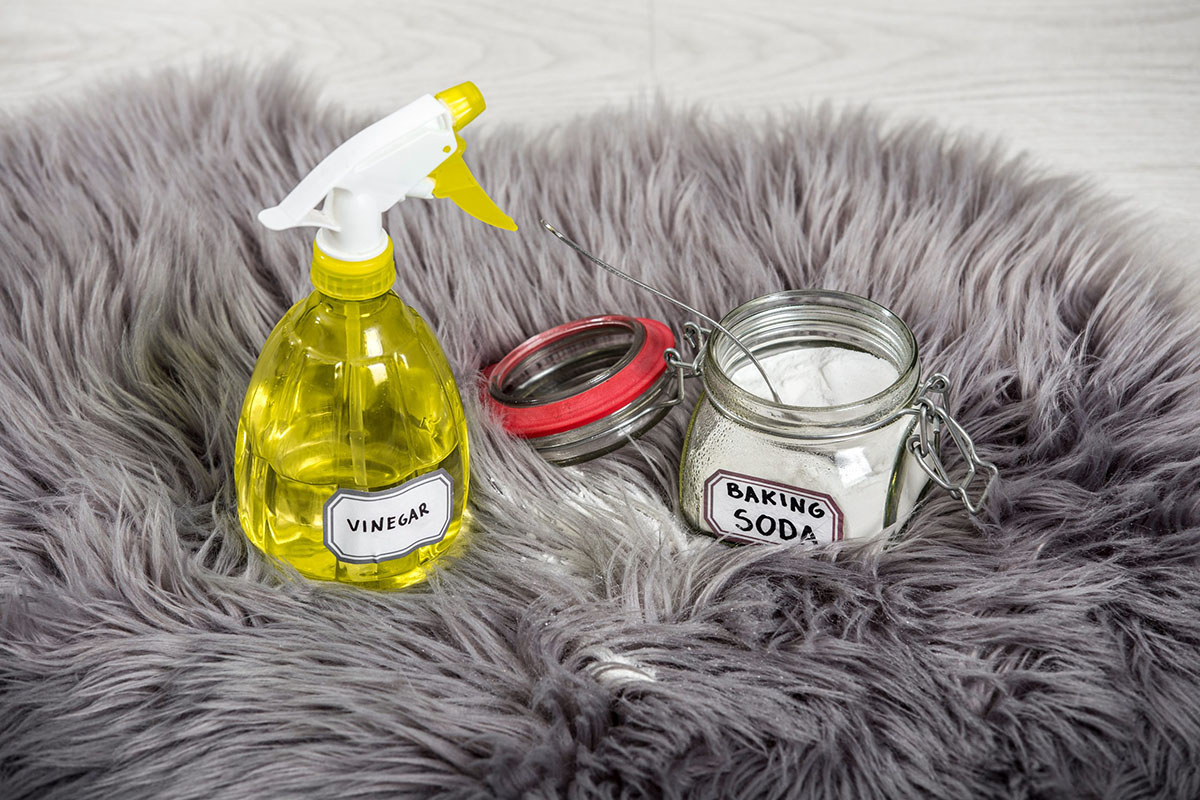
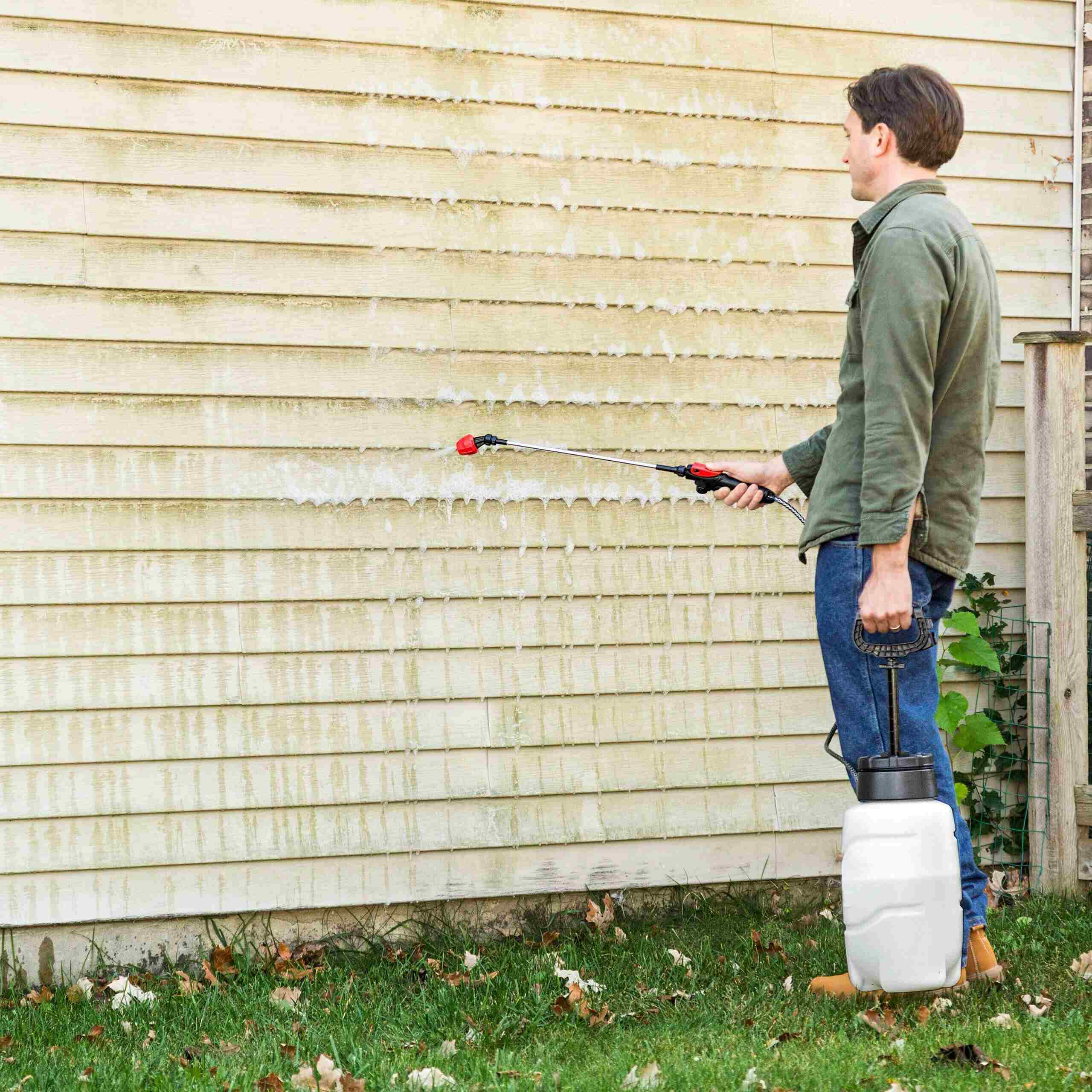
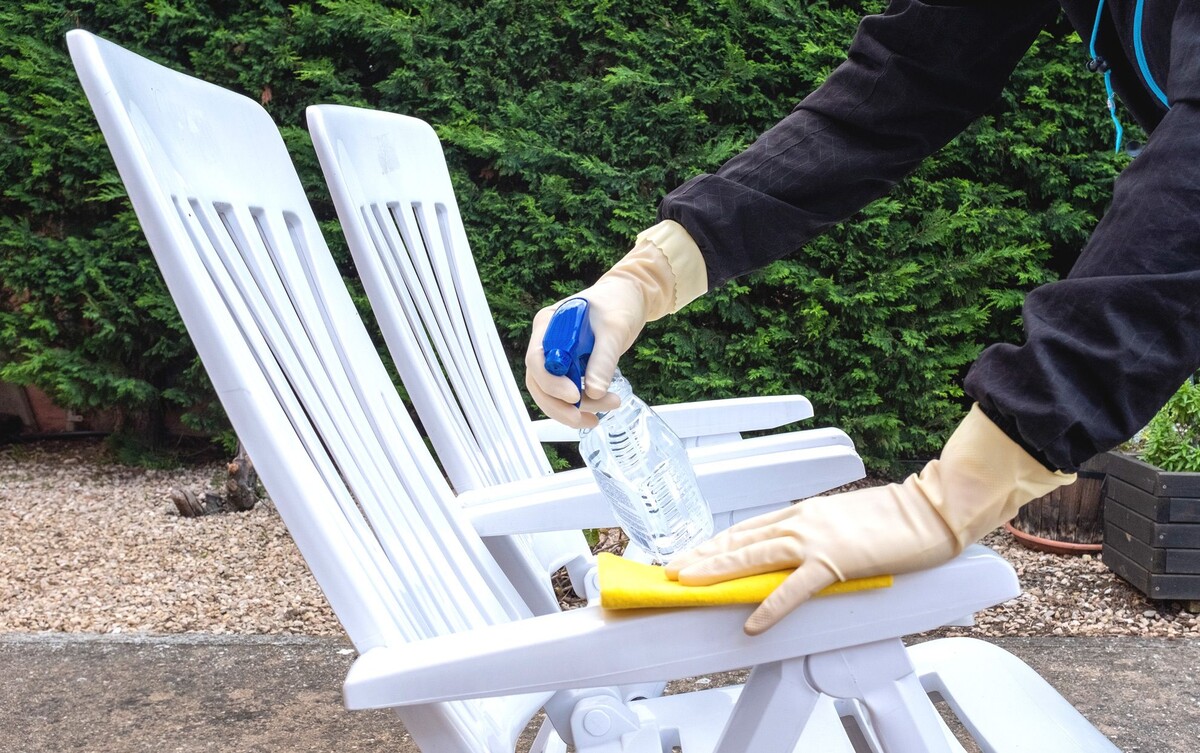

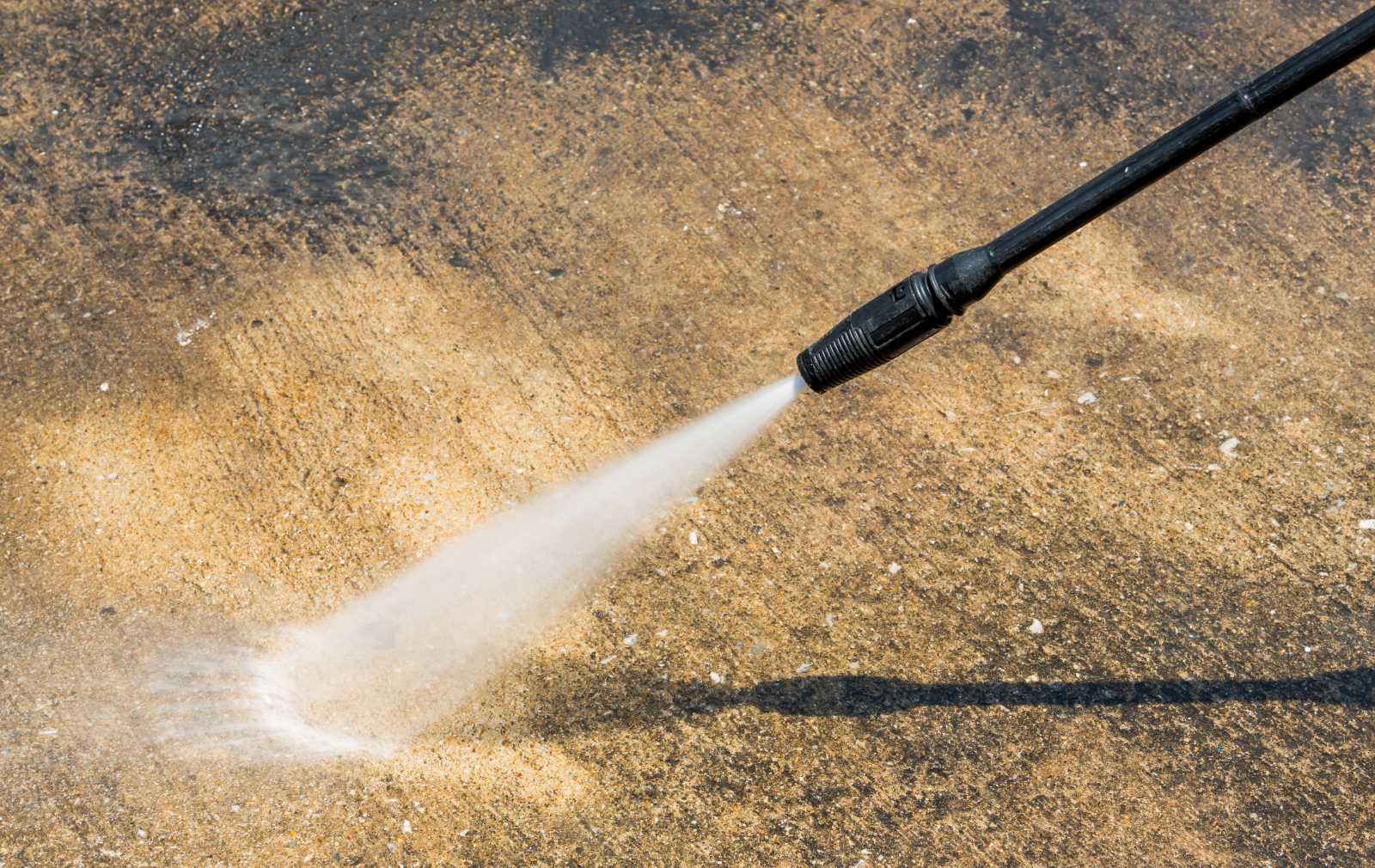


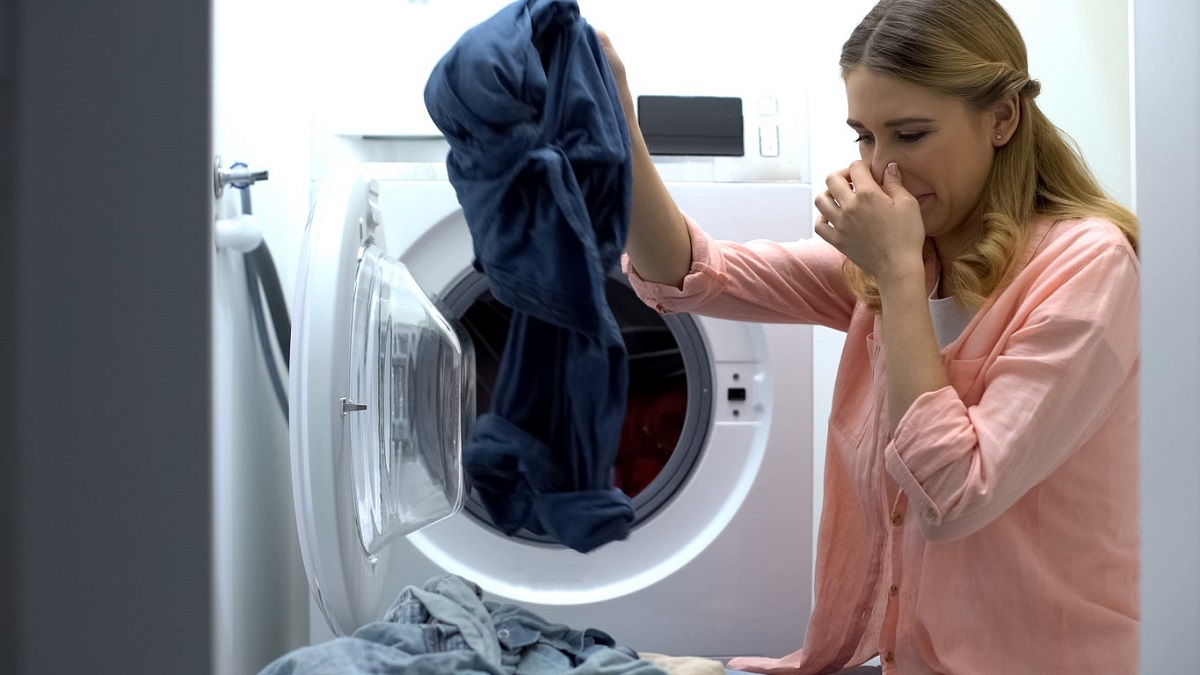

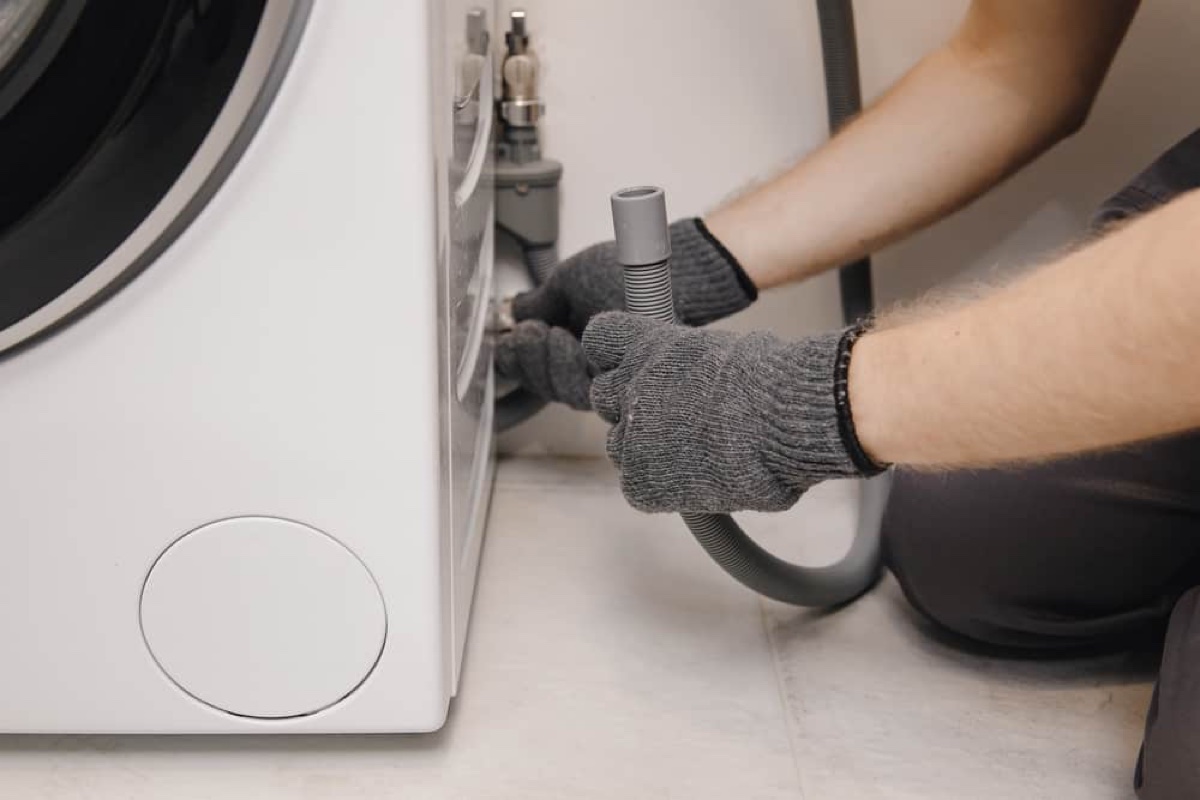
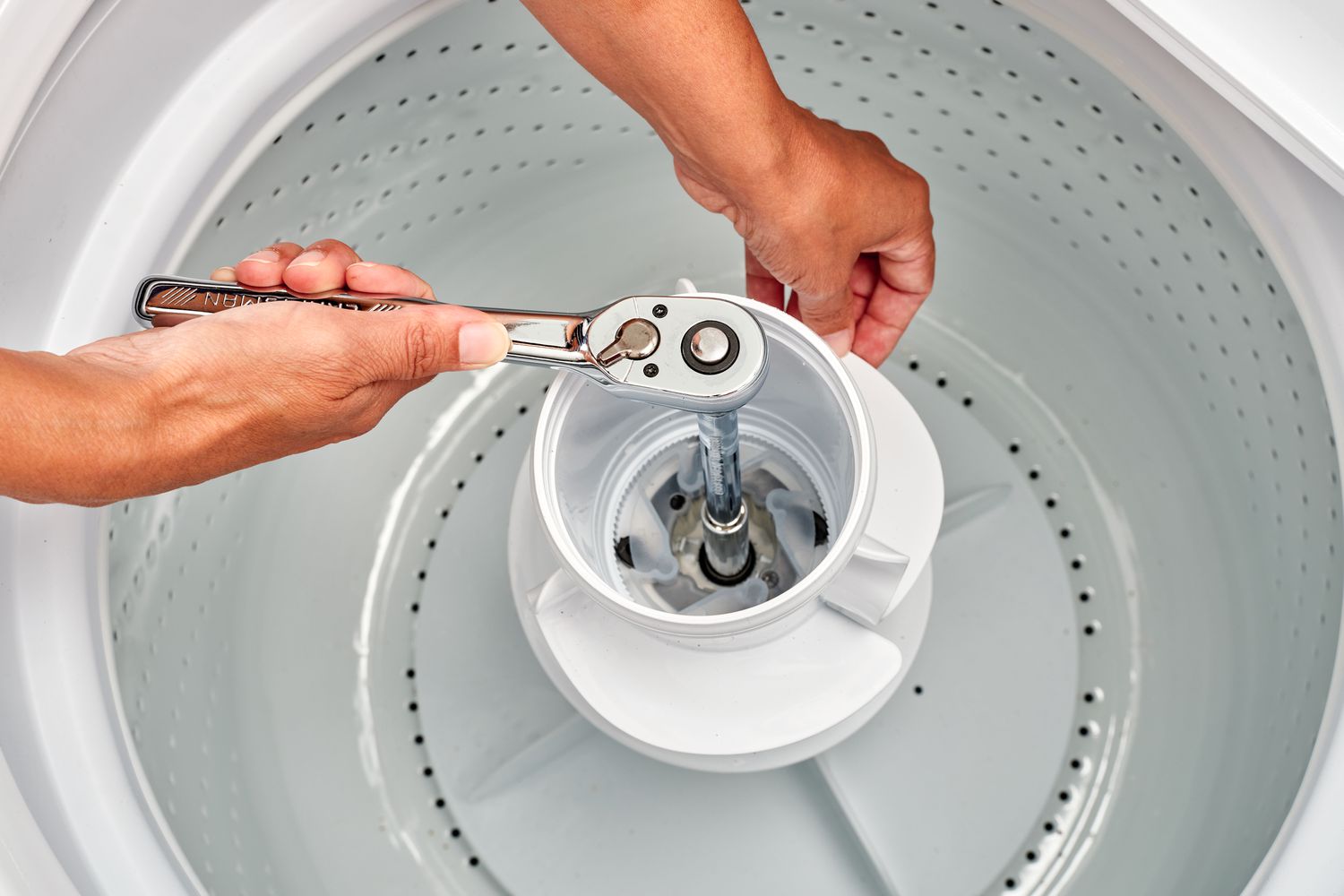
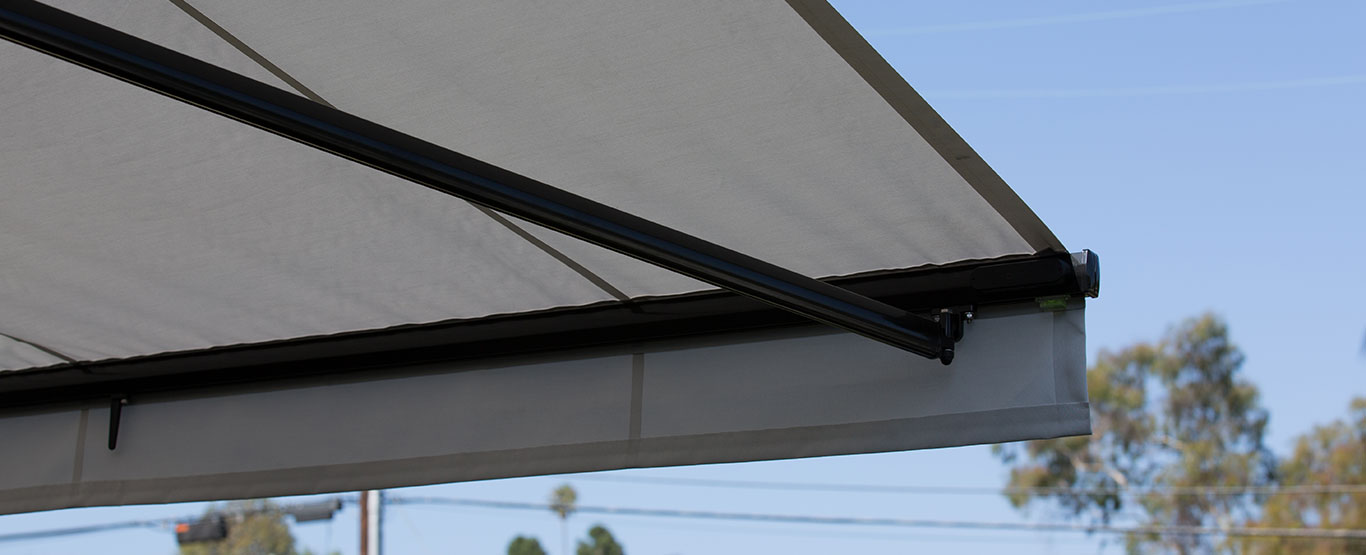
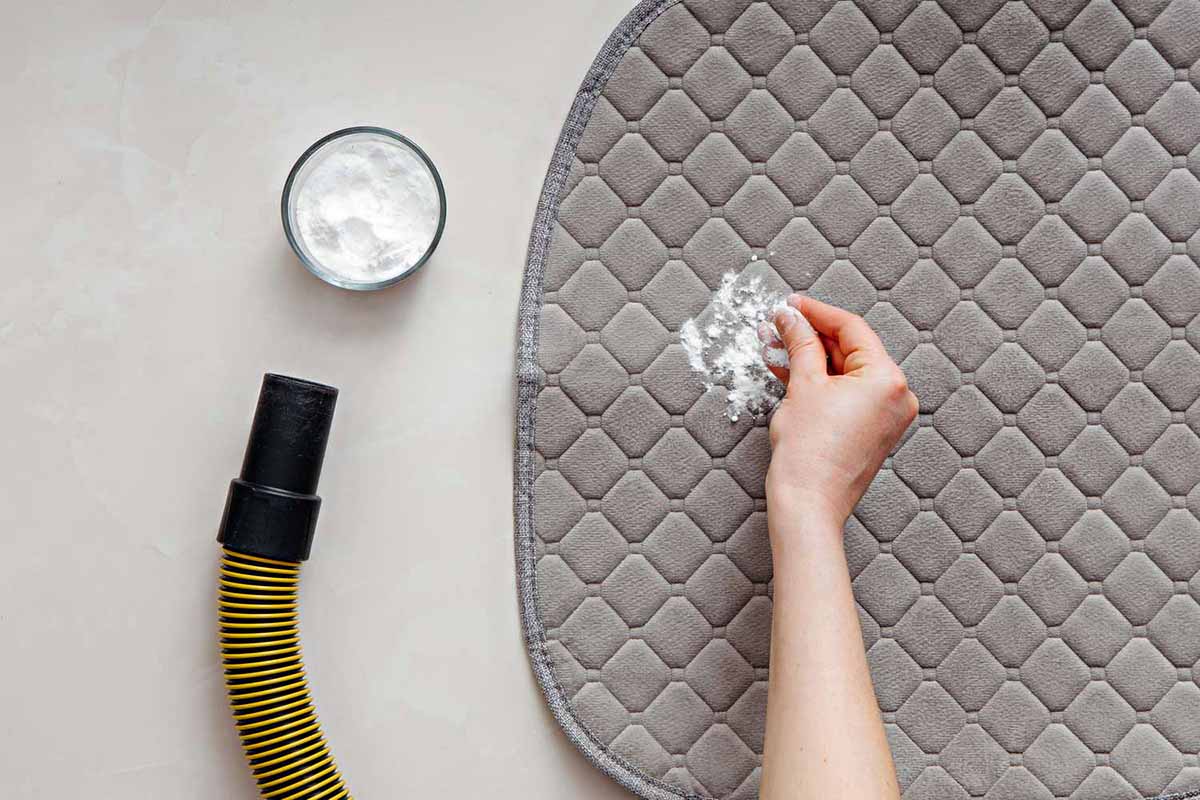

0 thoughts on “How To Remove Mildew Smell From Washer Machine”